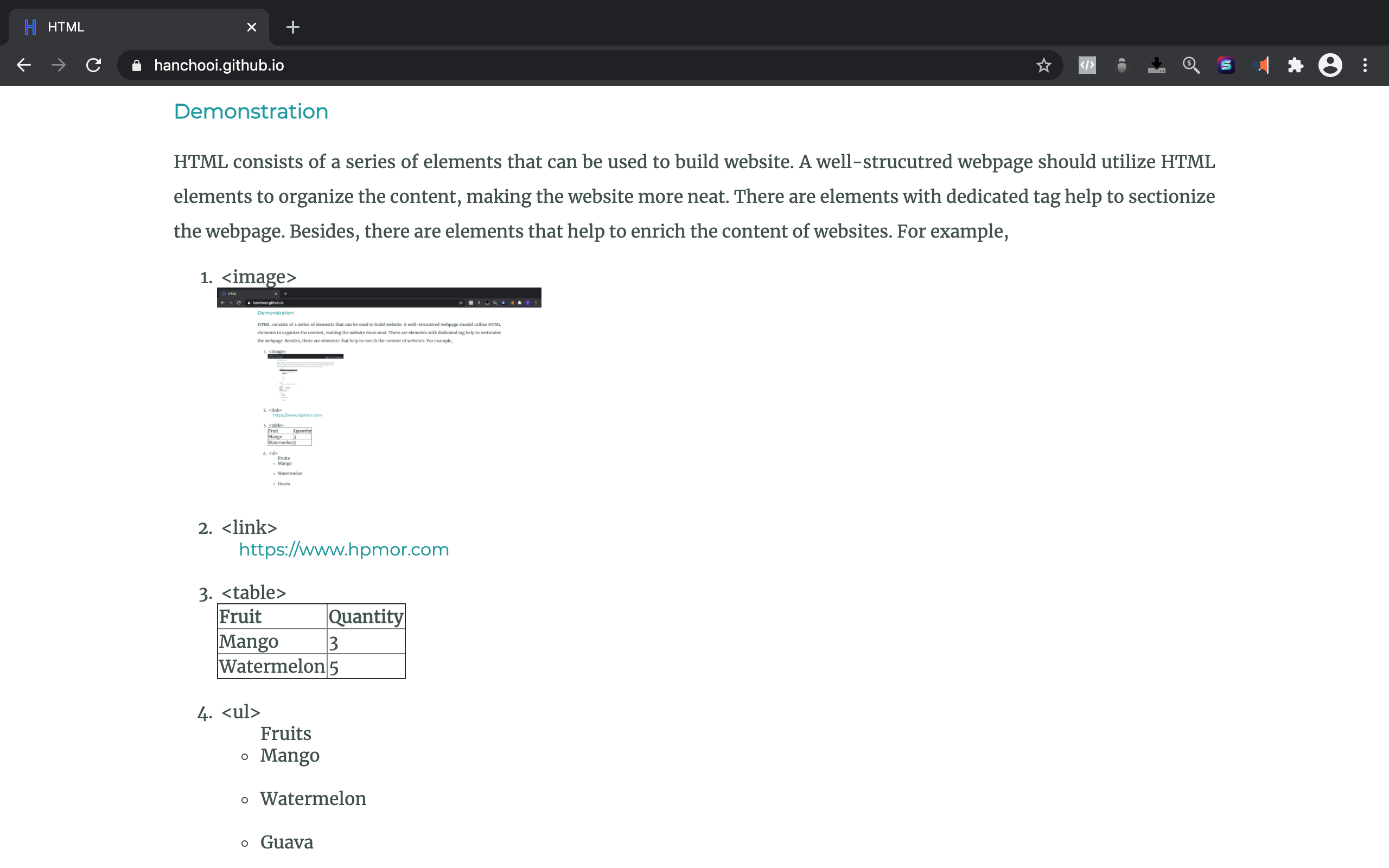The Beginning
The development of HTML is closely related to the evolution of the Internet. The undisputed creator of the language, which was meant to be an easy way of publishing content on the future of the web, is also the founder of the Internet. Sir Tim Berners-Lee is responsible for creating the language which was done as a way of making it easier for systems to communicate with each other. Even when the language was founded, he understood that in the future there will be many different publishers hence making it a part of the long tradition of Internet improvements up till that time. Developer versions were released through which it would eventually become the backbone which allows users to see content as well as publish data effectively allowing servers around the world to communicate in the same language as well.
The Evolution
One of the most important phases was related to development after support had been finished in 1996. After the support period was over, Web browsers such as Netscape were working towards giving active feedback to the community around implementation of features. This was also being done consistently by companies themselves which were creating new features to make the Internet experience more lively and immersive. The first phase of Internet development was mostly textbased, which did not explore the full functionality of the markup language. It was only through the development of video and textbased data, that the Internet was able to portray many different mediums, and also allowing HTML to become much more functional and expansive. The latest version of HTML is currently known as HTML 5. Looking at the code present, it is clear that this new form of HTML is extremely dynamic in nature focusing more on its ability to maintain design and form in mobile-based applications as well.
HTML 5
The first version of HTML was introduced as HTML 2. This was first published in November 1995. The next iteration came with version 3 which was released two years later. The first iteration was also released the same year as ever many significant developments taking place from a court perspective. However, the next big update would only come in 2014, which is also when HTML 5 became the standard across devices. The dynamic capabilities of the language have enhanced immensely allowing it to play video as well as other types of content effectively without taking up too much space and also allowing elements such as CSS to become more effective creating an overall user experience which excites and thrills at the same time. Future iterations of HTML are expected to increase these capabilities to the next level and make websites more immersive and do more.
Demonstration
HTML consists of a series of elements that can be used to build website. A well-strucutred webpage should utilize HTML elements to organize the content, making the website more neat. There are elements with dedicated tag help to sectionize the webpage. Besides, there are elements that help to enrich the content of websites. For example,
- <image>

- <link>
https://www.hpmor.com - <table>
Fruit Quantity Mango 3 Watermelon 5 - <ul>
- Fruits
- Mango
- Watermelon
- Guava
HTML also provides form-like elements to allow web users to fill in information and to submit to the website. For example,
-
<textarea>
-
<select>
- <input>
This tag allow different type of input such as:- checkbox :- Mango Watermelon Grape
- type=text :-
- type=radio :- Mango Watermelon Grape
- type=password :-
- type=file :-
- type=submit :-
- type=date :-
- type=Search :-
HTML elements in this website
The building block of this website is HTML as well.
As previously mentioned, there are elements with dedicated tag help to sectionize the webpage.
For example, below are the different sections of this page :
<header>,
<nav>,
<footer>,
<div>,
<h1>,
<h2>,
<h3>,
<h4>,
<h5>,
<h6>
('h' referring to headers of different sizes)


If you visit my Biography page, you can see that there are several images and tables with invisible borders (which states my skills with stars). HTML are the basic building blocks of this tables and image frame too ! (but not the image, those are pulled from some where else)